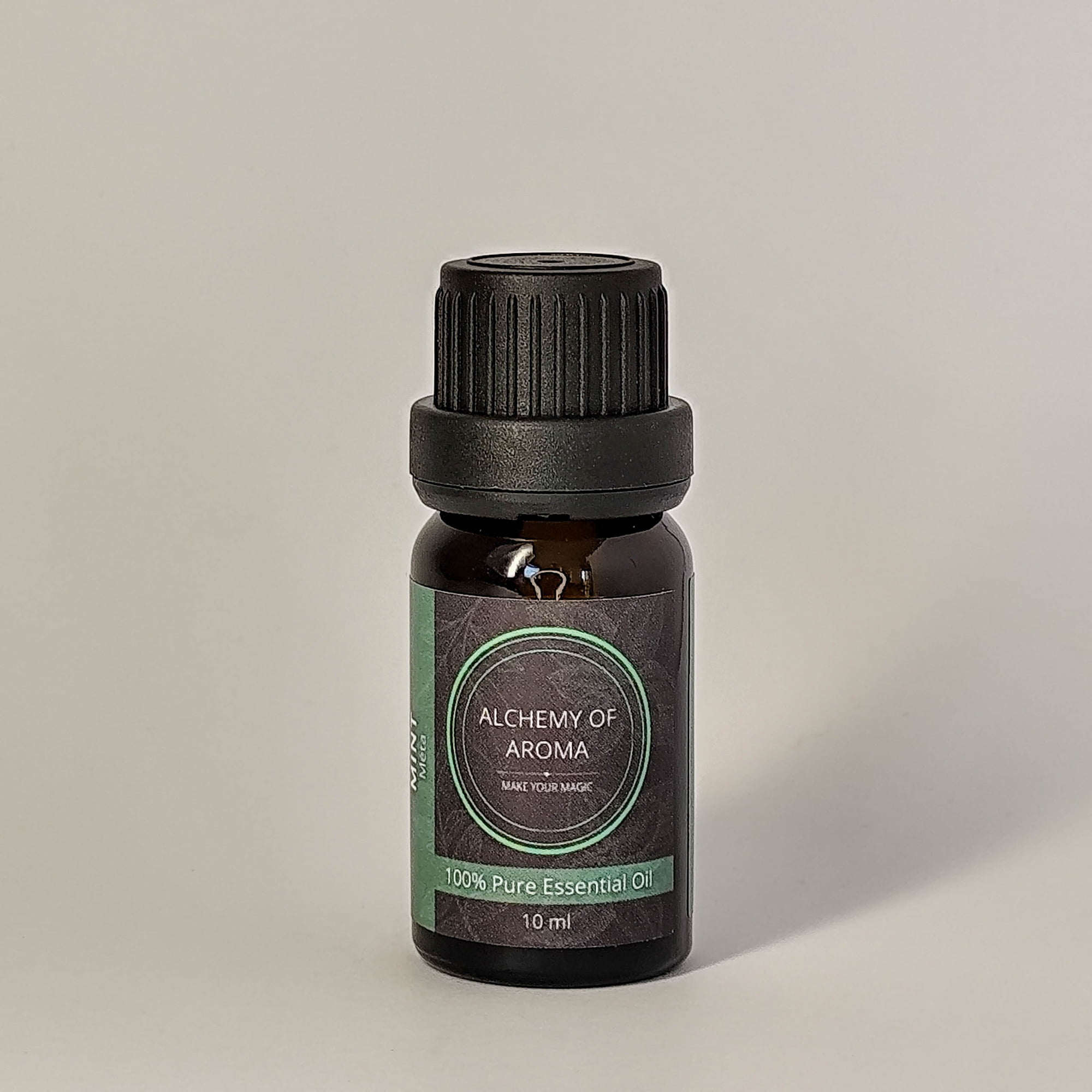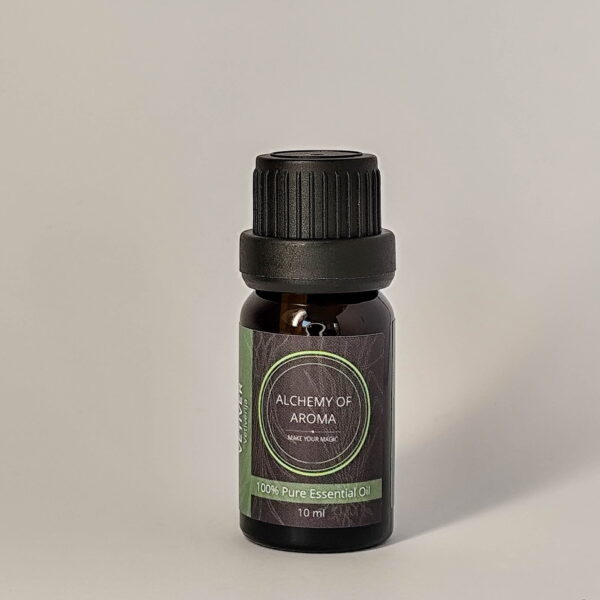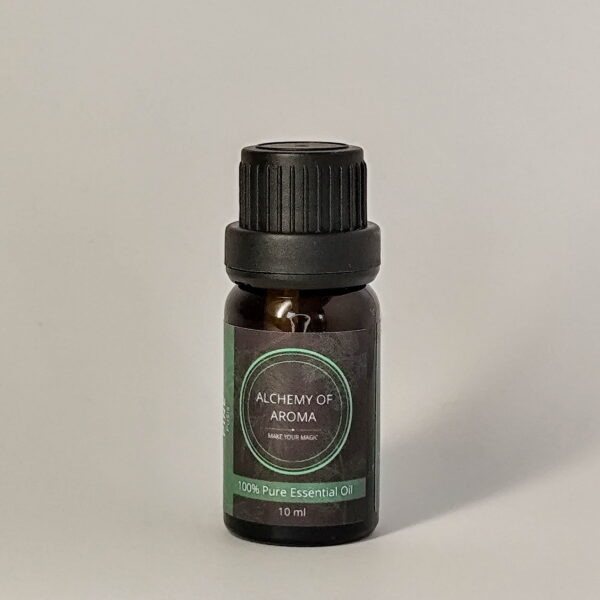- Product description
- Guidelines for perfumery
- Guidelines for aromatherapy
- Safety tips
Mint essential oil is renowned for its fresh, cool, and invigorating scent profile, making it an ideal top note. The immediate burst of freshness that mint provides can enhance the overall complexity of a fragrance, offering an initial impression that is both uplifting and revitalizing. One of the most recognized advantages of mint essential oil in aromatherapy is its ability to alleviate headaches. The refreshing and invigorating scent of mint is known to relax tense muscles and reduce headache symptoms when inhaled or applied topically. Mint essential oil is also highly effective in alleviating nausea and digestive issues. The anti-inflammatory and antispasmodic properties of mint help soothe the gastrointestinal tract, providing relief from symptoms such as indigestion, bloating, and motion sickness.
Uses in Perfumery:
- Top Note: Mint oil is often used as a top note in perfumes due to its fresh, cool, and invigorating scent. It provides an immediate burst of freshness that captivates and uplifts, making it ideal for creating lively and stimulating fragrances.
- Cooling Effect: The cool and crisp aroma of mint oil imparts a refreshing and cooling sensation in perfumes. It is particularly effective in enhancing the freshness and clarity of a fragrance composition.
- Unisex and Sporty Scents: The clean and invigorating aroma of mint oil is popular in unisex and sporty fragrances. It adds a dynamic and energetic element that appeals to a wide range of consumers.
Aromatherapy benefits:
- Mental Clarity and Focus: The invigorating aroma of mint oil can enhance mental clarity and focus. Diffusing the oil or inhaling its scent can help improve concentration and reduce mental fatigue, making it ideal for use in study or work environments.
- Respiratory Health: Mint essential oil is renowned for its ability to support respiratory health. Inhaling the oil or using it in steam inhalations can help clear nasal congestion, soothe coughs, and relieve symptoms of colds, flu, and sinusitis.
- Digestive Aid: The fresh and minty aroma of mint oil can help alleviate symptoms of indigestion, nausea, and upset stomach. Inhalation or topical application (diluted in a carrier oil and massaged onto the abdomen) can support digestive health.
Related
Understand the Notes:
- Top Notes: Light, fresh, and evaporate quickly (e.g., citrus oils like lemon and bergamot).
- Middle Notes: The heart of the fragrance, balancing top and base notes (e.g., lavender, rosemary).
- Base Notes: Long-lasting and grounding (e.g., vetiver, patchouli, sandalwood).
Creating a Blend:
- Start with a 30:50:20 ratio of top, middle, and base notes.
- Experiment with different combinations to find your unique scent.
Dilution:
- Always dilute essential oils in a carrier oil (such as jojoba, sweet almond, or fractionated coconut oil) or alcohol (like perfumer’s alcohol) before applying to the skin.
- A common ratio is 15-30 drops of essential oil per 30ml (1 ounce) of carrier oil.
Aging Your Blend:
- Allow your blend to age for at least a few days, preferably a few weeks, to let the scents meld and mature.
- Store in a cool, dark place and shake occasionally.
Inhalation:
- Diffusers: Add 5-10 drops of essential oil to an ultrasonic diffuser filled with water.
- Steam Inhalation: Add 1-2 drops to a bowl of hot water, cover your head with a towel, and inhale deeply.
Topical Application:
- Dilution: Dilute essential oils in a carrier oil before applying to the skin. A common dilution is 2-3 drops per teaspoon (5ml) of carrier oil.
- Massage: Use the diluted oil for a soothing massage. Common areas include the neck, shoulders, and feet.
- Roller Bottles: Fill a roller bottle with a carrier oil and add essential oils. Apply to pulse points like wrists, temples, and behind the ears.
- Patch Test: Before using a new product on your skin, perform a patch test. Apply a small amount of the diluted product to a patch of skin and wait 24 hours to check for any adverse reactions.
- Avoid Sensitive Areas: Do not apply to sensitive areas such as the eyes, ears, mucous membranes, or broken skin.
- Pregnancy and Nursing: Consult a healthcare professional before using our products if you are pregnant, nursing, or have a medical condition.
- Children and Pets: Use caution when using our products around children and pets. Always research or consult a professional regarding safe usage.
- Photosensitivity: Certain essential oils, especially citrus oils like bergamot, lemon, and lime, can cause photosensitivity, increasing the risk of sunburn. Avoid sun exposure for 12-24 hours after applying these oils to the skin.
- Storage: Store in a cool, dark place, away from direct sunlight and heat. Keep them out of reach of children and pets.







